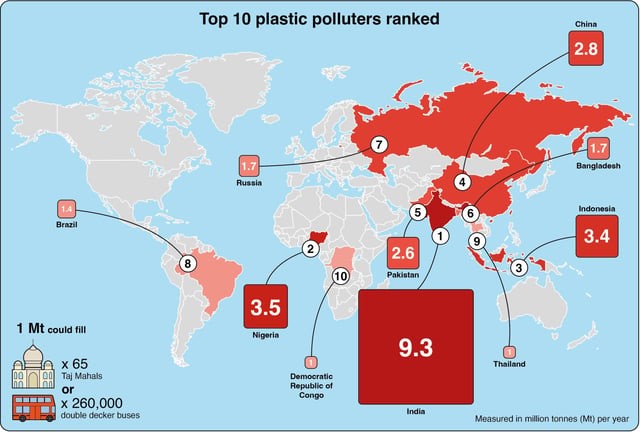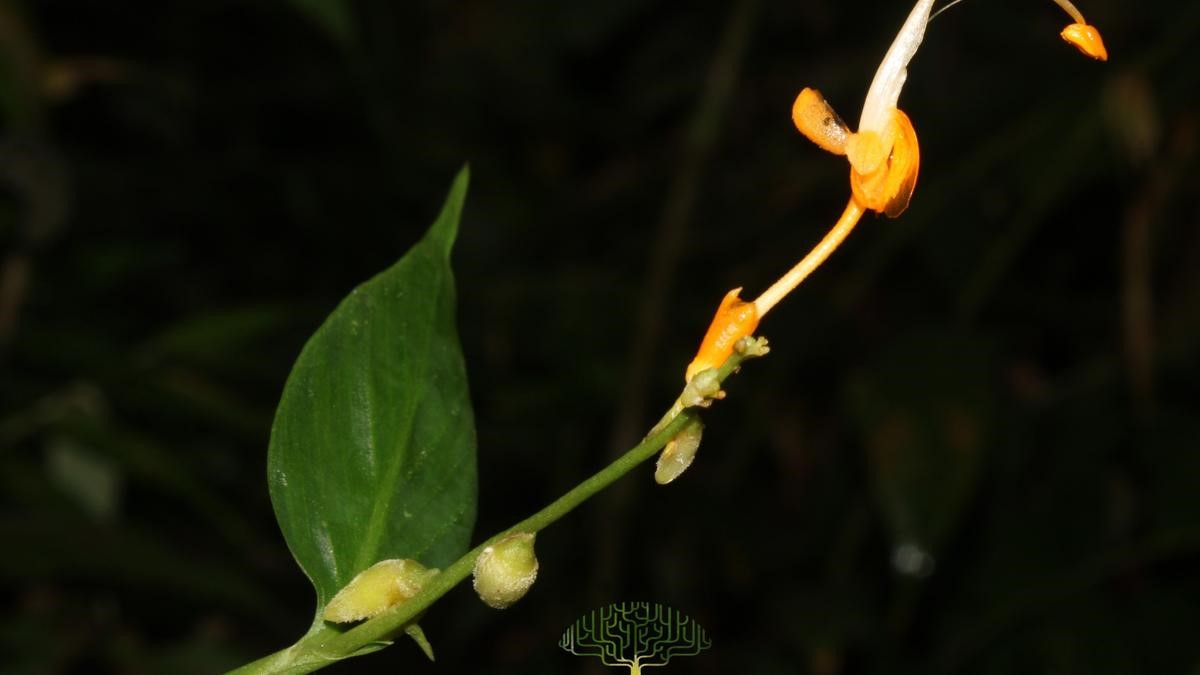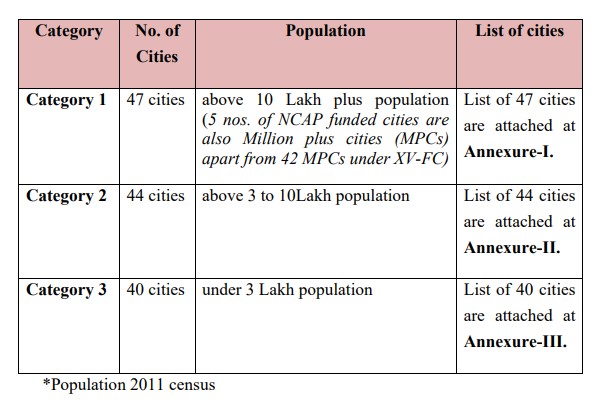A recent study says that India has secured the top spot as biggest plastic polluter in the world, releasing 9.3 million tonnes (Mt) annually, amounts to roughly one-fifth of global plastic emissions.
Findings of the study

Global Plastics Treaty
Reference
Down to Earth | Plastic pollution rankings
The scientists from the Indian Institute of Science Education and Research (IISER), discovered 6 new species of Ginger.
Species within the Globba genus are known for their ornamental value and are often called dancing girls due to their delicate and attractive flowers.
|
Globba corniculata |
Named for horn-shaped structure at the base of the labellum. Found in West Bengal's Darjeeling district. |
|
Globba paschimbengalensis |
Named after West Bengal. |
|
Globba polymorpha |
Named for the variation in bracteole colour within the species population, found in West Bengal. |
|
Globba tyrnaensis |
Named after Tyrna, a village in Meghalaya's East Khasi Hills district. |
|
Globba janakiae |
Named in honour of botanist E.K. Janaki Ammal, found in Meghalaya. |
|
Globba yadaviana |
Found in Mizoram's Mamit district, named after the late Rajesh Yadav, father of lead author Ritu Yadav. |

Reference
The Hindu | Newly added species in the Ginger family
Planetary protection ensures that Earth and other celestial bodies are shielded from cross-contamination by microbial life during space missions.
|
Outer Space Treaty |
|
Reference
At least 172 cases of malnourished children have been identified among Sahariya tribals in Baran district within 2 weeks.
References
Swachh Vayu Survekshan Award 2024
Recently Union Environment Ministry presented Swachh Vayu Survekshan Awards for the year 2024.
|
Award Category |
Winners |
|
Category-1 (Population over 10 Lakhs) |
Surat, Jabalpur, and Agra |
|
Category-2 (Population between 3 and 10 Lakhs) |
Firozabad, Amravati, and Jhansi |
|
Category-3 (Population under 3 Lakhs) |
Raebareli, Nalgonda, and Nalagarh |

|
National Clean Air Program |
|
References